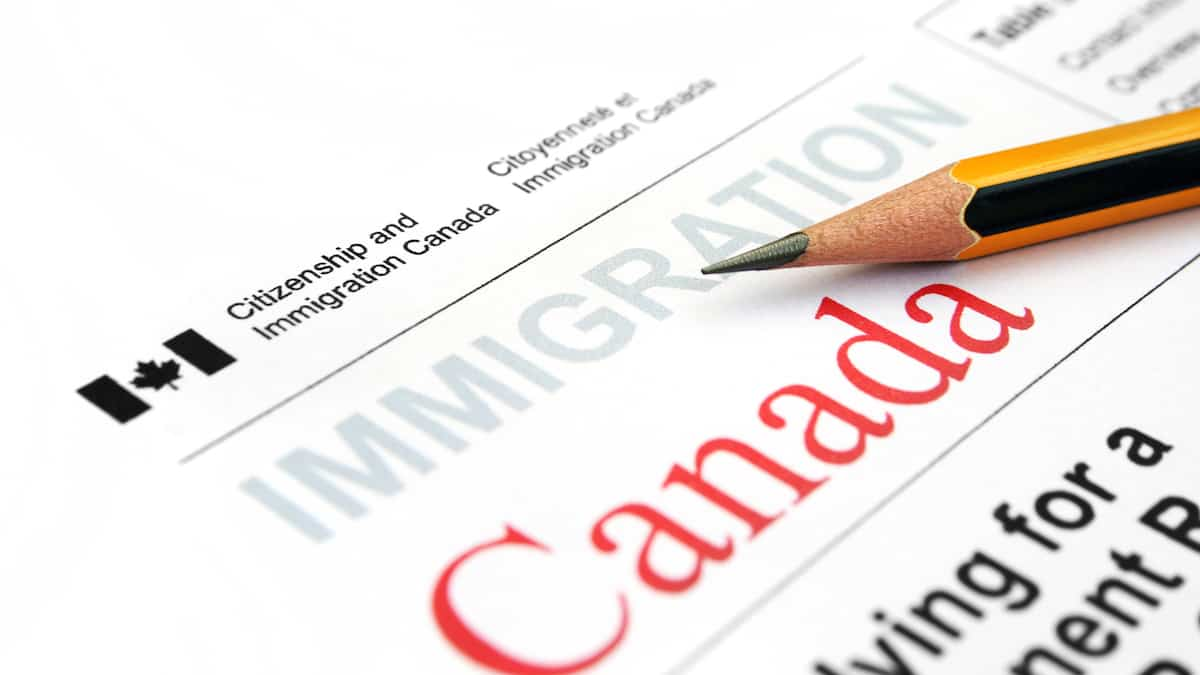Just nine months after crossing the 40 million inhabitants mark, Canada’s population would have already reached 41 million this week, an increase deemed “worrying” and “unsustainable” by Quebec.
• Read also: Immigration propels Canada to new demographic record
• Read also: Significant drop in the number of foreign students in Canada for two years, announces Miller
• Read also: Ottawa will reintroduce visas for Mexicans as of Thursday evening
The figures are taken from Canada’s Population Clock, a real-time estimation tool for the country’s population developed by Statistics Canada.
Between the 1er January 2023 and 2024, the total population increased by 3.2%, adding 1,271,872 people. “This is the highest rate of annual population growth observed in Canada since 1957,” indicates the federal agency in a report on demographic trends released Wednesday.
- Listen to the segment Learn everything in 24 minutes with Alexandre Moranville and Mario Dumont on QUB:
Immigration, engine of growth
This increase of more than 1.2 million people is attributable almost entirely to immigration.
Taken together, permanent immigration and temporary immigration represented 97.6% of net population growth in 2023. Natural increase, the difference between births and deaths, contributed only 2.4%.
In absolute numbers, 471,771 permanent immigrants settled in Canada in 2023, exceeding the target of 465,000 set by former Immigration Minister Sean Fraser.
With one of the lowest fertility rates in the world – 1.33 children per woman in 2022, a Canadian record – Canada’s population growth is nevertheless the highest – by far – of the G7 countries.
Quebec fears the consequences
“Such a rapid increase in population is worrying. It is clear that this pace is not sustainable for our reception capacity,” declared the CAQ Minister of Immigration, Christine Fréchette, in writing.
She reiterated her call to distribute “much more equitably” the refugees, 54% of whom have stopped in Quebec, “which is disproportionate in comparison to our demographic weight”. This figure is disputed by Ottawa.
The Immigration spokesperson for the Bloc Québécois, Alexis Brunelle-Duceppe, for his part, considers the federal immigration thresholds “totally irresponsible”, that these are figures “blind to our reception capacity in terms of housing, social programs and, above all, the integration and francization of this population.
“This only confirms that the Liberals are following to the letter the objectives of the Century Initiative, aiming for Canada to reach a population of 100 million in 2100,” he accuses.
Temporary immigration, a determining factor
But in 2023, for the second consecutive year, temporary immigration represented “the main factor behind population growth in the country”: Canada welcomed 804,901 non-permanent residents.
Without them, Canada’s population growth in 2023 would have been 1.2% rather than 3.2%.
At 1er January, there were approximately 2,661,784 million on Canadian soil, the majority being foreign workers and, to a lesser extent, foreign students. Nearly 330,000 of them are refugees.
Ottawa takes it easy
Acknowledging how temporary immigration “attacks and affects affordability,” especially in the housing sector, Immigration Minister Marc Miller recently signaled a slight pivot in the country’s reception policies.
After reintroducing mandatory visas for Mexicans last month, the minister wants to reduce the proportion of temporary residents in the country, dropping it from 6.2% of the general population to 5% by 2027.
“The federal government recently announced policies aimed at reducing the number of temporary residents and we are also looking into the issue,” said Minister Fréchette.
–With the collaboration of Marc-André Gagnon, The Quebec Journal
